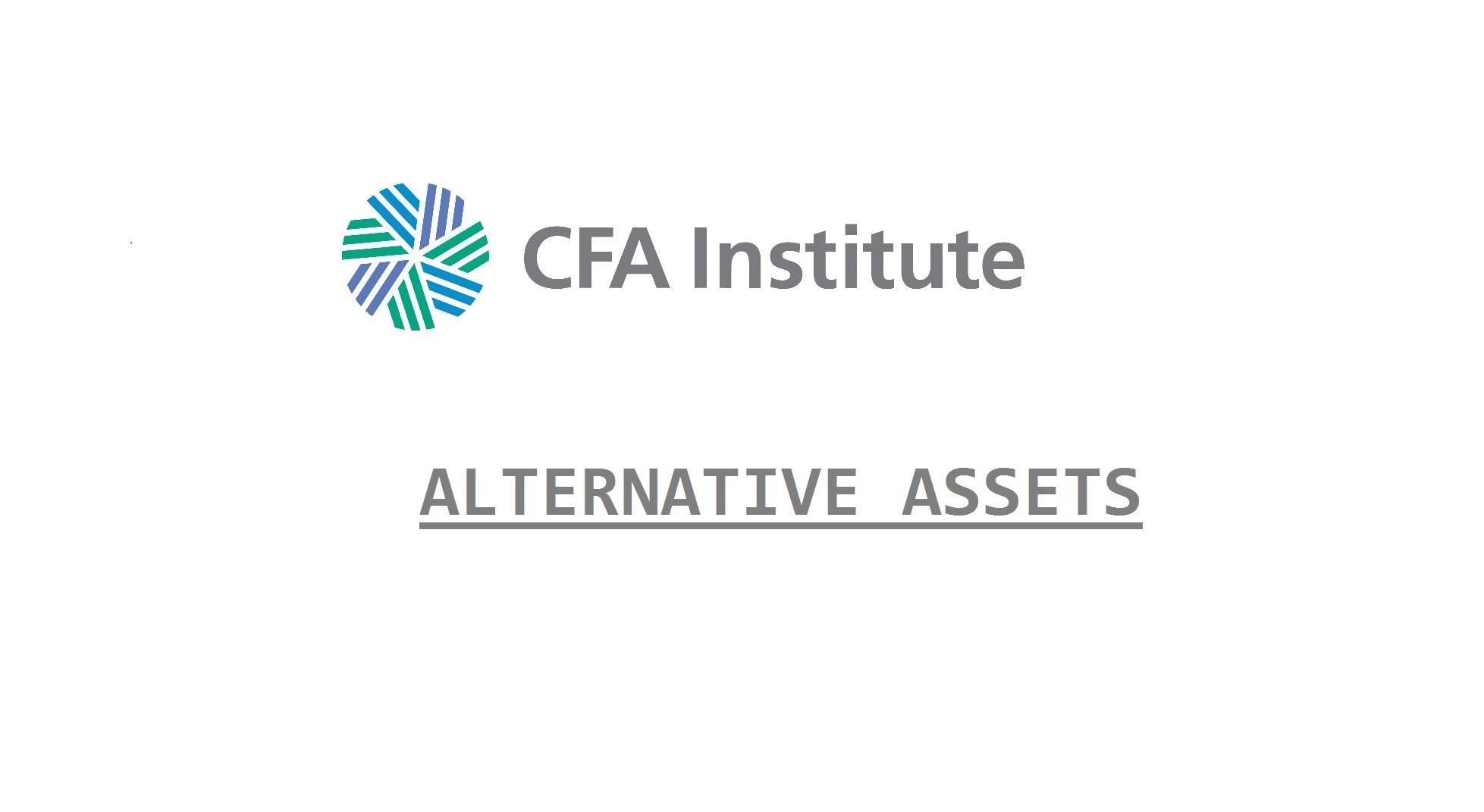Event-driven (ED) hedge fund strategies take positions in corporate securities and derivatives that are attempting to profit from the outcome of mergers and acquisitions, bankruptcies, share issuances, buybacks, capital restructurings, re-organizations, accounting changes, and similar events.
Merger Arbitrage
Merger arbitrage strategies are investment schemes that attempt to earn a return from the uncertainty that exists in the market in the time between an acquisition being announced and when the acquisition is completed.
Hedge fund managers in the merger arbitrage space profit by correctly anticipating the outcome of various deals.
- Merger arbitrage is a relatively liquid strategy—with defined gains from idiosyncratic single security takeover situations but occasional downside shocks when merger deals unexpectedly fail.
- To the extent that deals are more likely to fail in market stress periods, this strategy has market sensitivity and left-tail risk attributes. Its return profile is insurance-like plus a short put option.
- Because cross-border merger and acquisition (M&A) usually involves two sets of governmental approvals and M&A deals involving vertical integration often face anti-trust scrutiny, these situations carry higher risks and offer wider merger spread returns.
- Some merger arbitrage managers invest only in friendly deals trading at relatively tight spreads, while others embrace riskier hostile takeovers trading at wider spreads. In the latter case, there may be expectations of a higher bid from a White Knight.
- The preferred vehicle is limited partnership because of merger arbitrage’s use of significant leverage, but some low-leverage, low-volatility liquid alts merger arbitrage funds do exist.
- Attractiveness: Relatively high Sharpe ratios with typically low double-digit returns and mid–single digit standard deviation (depending on specific levels of leverage applied), but left-tail risk is associated with an otherwise steady return profile.
- Managers typically apply 3 to 5 times leverage to this strategy to generate meaningful target return levels.
Distressed Securities
Hedge funds that pursue a distressed securities strategy take positions in the securities of firms that are in financial distress, including firms that are in bankruptcy or near bankruptcy.
- The return profile for distressed securities investing is typically at the higher end of event-driven strategies but with more variability.
- Outright shorts or hedged positions are possible, but distressed securities investing is usually long-biased. It is subject to security-specific outcomes but still impacted by the health of the macro-economy.
- Distressed securities investing typically entails relatively high levels of illiquidity, especially if using a concentrated activist approach. Pricing may involve “mark-to-model” with return smoothing. Ultimate results are generally binary: either very good or very bad.
- Attractiveness: Returns tend to be “lumpy” and somewhat cyclical. Distressed investing is particularly attractive in the early stages of an economic recovery after a period of market dislocation.
- Because of the inherent volatility and long-biased nature of distressed securities investing, hedge fund managers utilize modest levels of leverage, typically with 1.2 to 1.7 times NAV invested, and with some of the nominal leverage from derivatives hedging.
